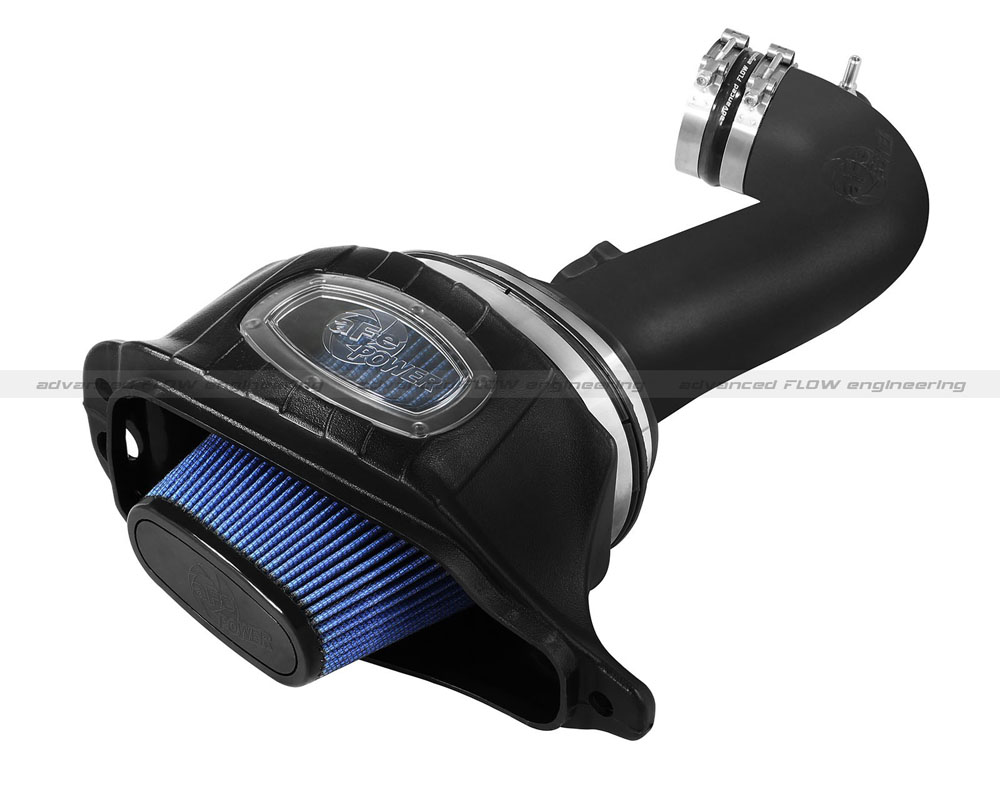Hot Air? The What and Why of a Cold Air Intake for your C7 Corvette
If you’re a person who lived through the import craze of the ’90s and ’00s, you always heard those brats talk about a CAI and how they gained so much power. You scoffed, mostly because it was the equivalent of tuning a lawnmower to produce more power, and about the same noise, too. However, the idea of a Cold Air Induction (CAI) is not new, nor is it impractical or snake oil technology. There is real tech here and we’ll explain how and why it works. We’ll also tell you why it’s important to buy one designed to work with your Corvette.
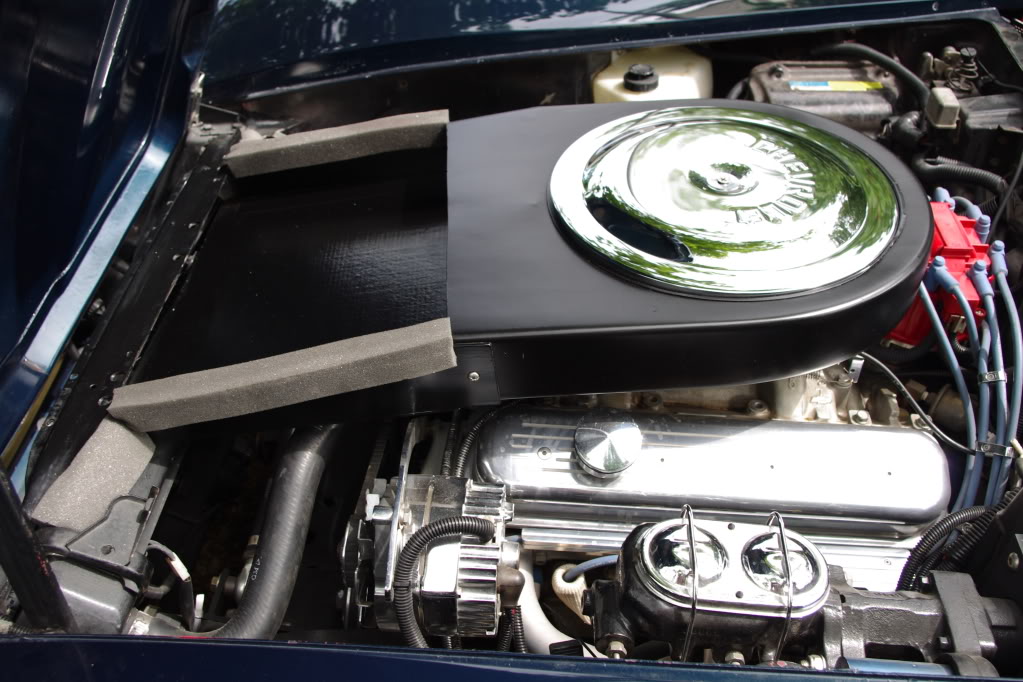
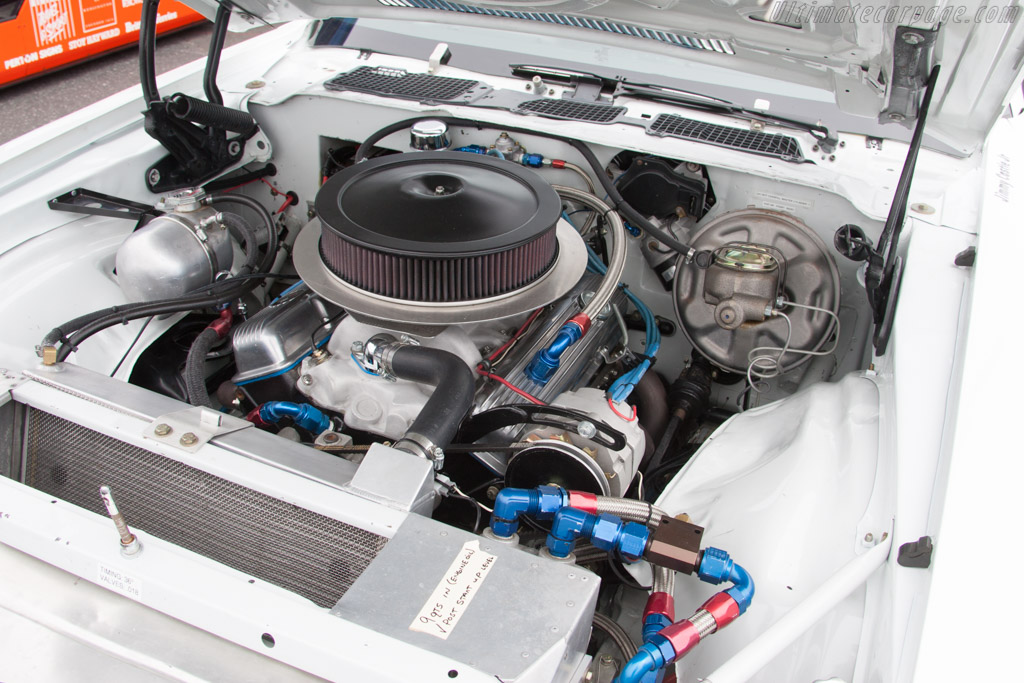
Now, many of you will understand what this is, Cold Air Induction. Let’s face it, most of the C7 owners have had newer Corvettes and have dealt with Fuel Injection for quite some time now. However, there are still newer owners or classic owners who didn’t want to deal with fuel injection, who now own a C7 and, well, want more power. The idea of getting cooler air to the engine is not a new one or one founded on pseudo-science – cooler air is denser and produces more power.

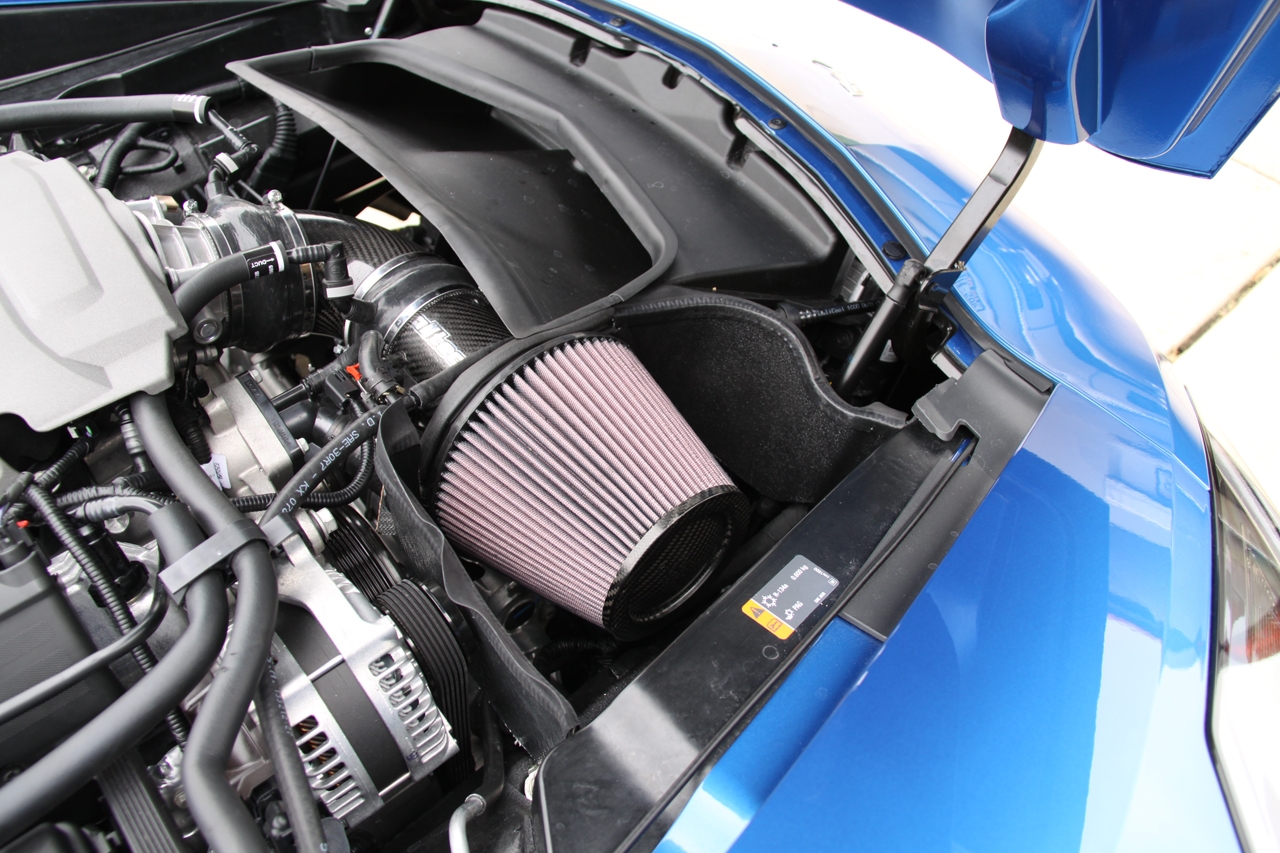
The way a proper CAI gets that cool air is to segregate the filter from the engine bay. This is done a few ways, but the two most popular are to move it to the front of the wheel well or to build a box around it that blocks the heat from getting in. You’ll usually see the latter have an additional snorkel to draw in air from somewhere else other than in the engine bay. In some cases, it reuses a few parts from the original air intake to draw air, and the better designed air box keeps engine bay heat away.

In either case, there is also another side benefit to fitting a CAI to your Corvette: you get less restriction from the filter to the throttle body. See, when Chevrolet designed the Corvette (and any car or truck in their line up) it has to be built to reduce NVH – or Noise Vibration Harshness – so it’s not so annoying to a majority of owners. Let’s face it, not everyone loves the sound of air flowing freely down the intake tube and loud exhaust pipes. While you get more power, you will get more noise; so if you like a “quiet” Corvette, keep it stock.
However, there are a couple of catches to getting a CAI. The first is to make sure it is CARB legal if you live in a state that wants to be more Californian, like New York. Second is to make sure that it is designed to work with your stock air flow meter. That meter is designed with a specific cross-sectional area to monitor air flow and a larger area will not only screw up the reading to calculate the correct fuel flow, it will also set a check engine light. Say you have a 2-inch diameter round pipe and an MAF that meters 2.24-cfm, and you increase that cross-section to 4-inches; you’re now asking that sensor to try and meter 8.48-cfm. Without changing or modifying the MAF transfer function of the ECM, more air is going by than it can measure for. Even changing the position of the MAF sensor can cause problems, and this makes the research into the intake tube that much more critical.
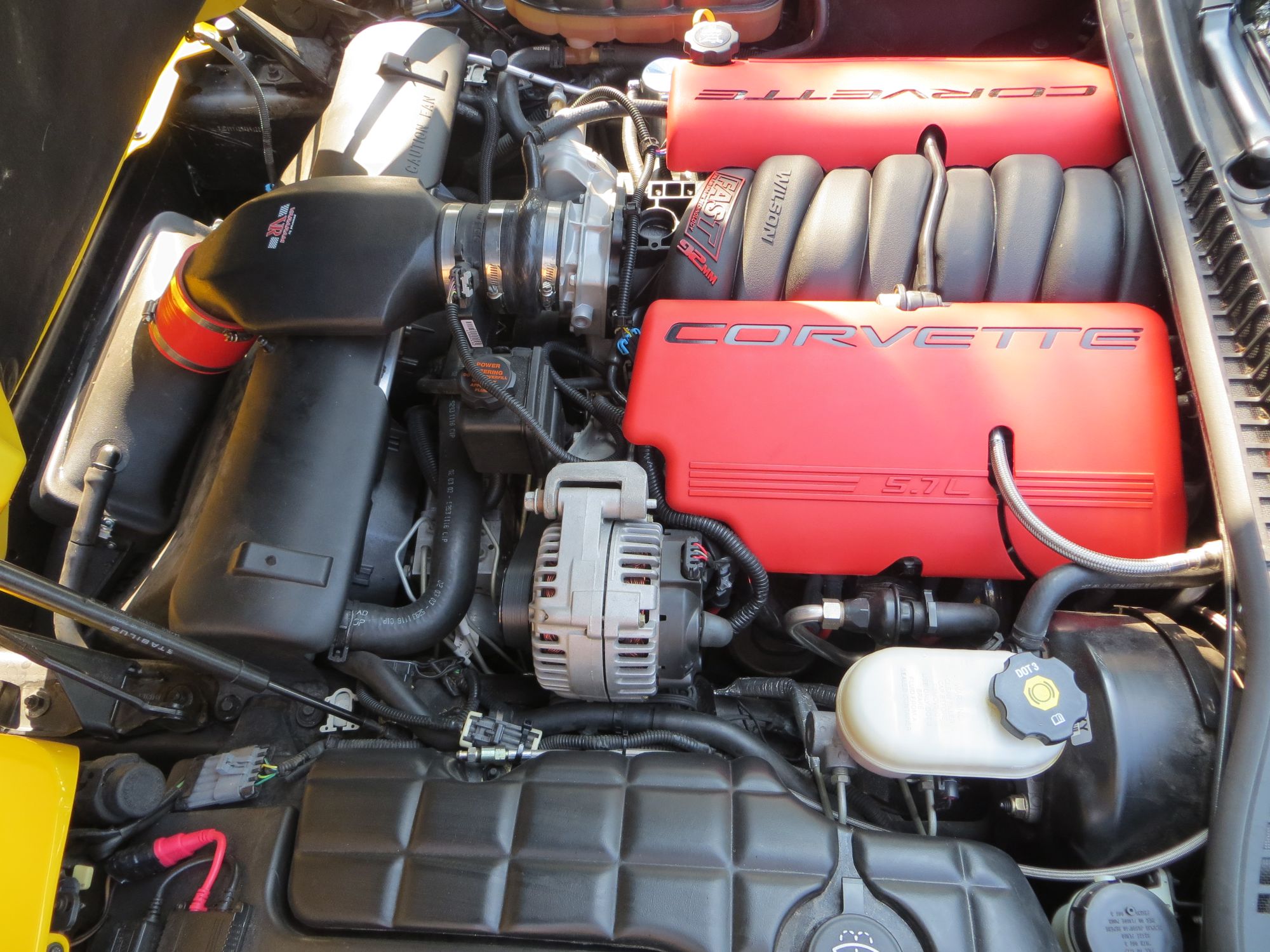
The power gains you get from using a CAI does vary from manufacturer to manufacturer, or even from owner to owner. Claims of 20- to 50-horsepower are not that unusual to hear, but realistically 10- to 30-horsepower is more likely, especially on a “no-tune” intake. However, with tuning you will see more gains, thanks to higher flow and usually a better sound under throttle. Well, that last part is subjective. You’ll also hear MPG gains from most of these manufacturers and, in some cases, you will see it. Again, that’s going to vary from car to car, never mind manufacturer. You may even see a decrease, but that’s usually because your foot gets heavier because you want to hear the intake more.
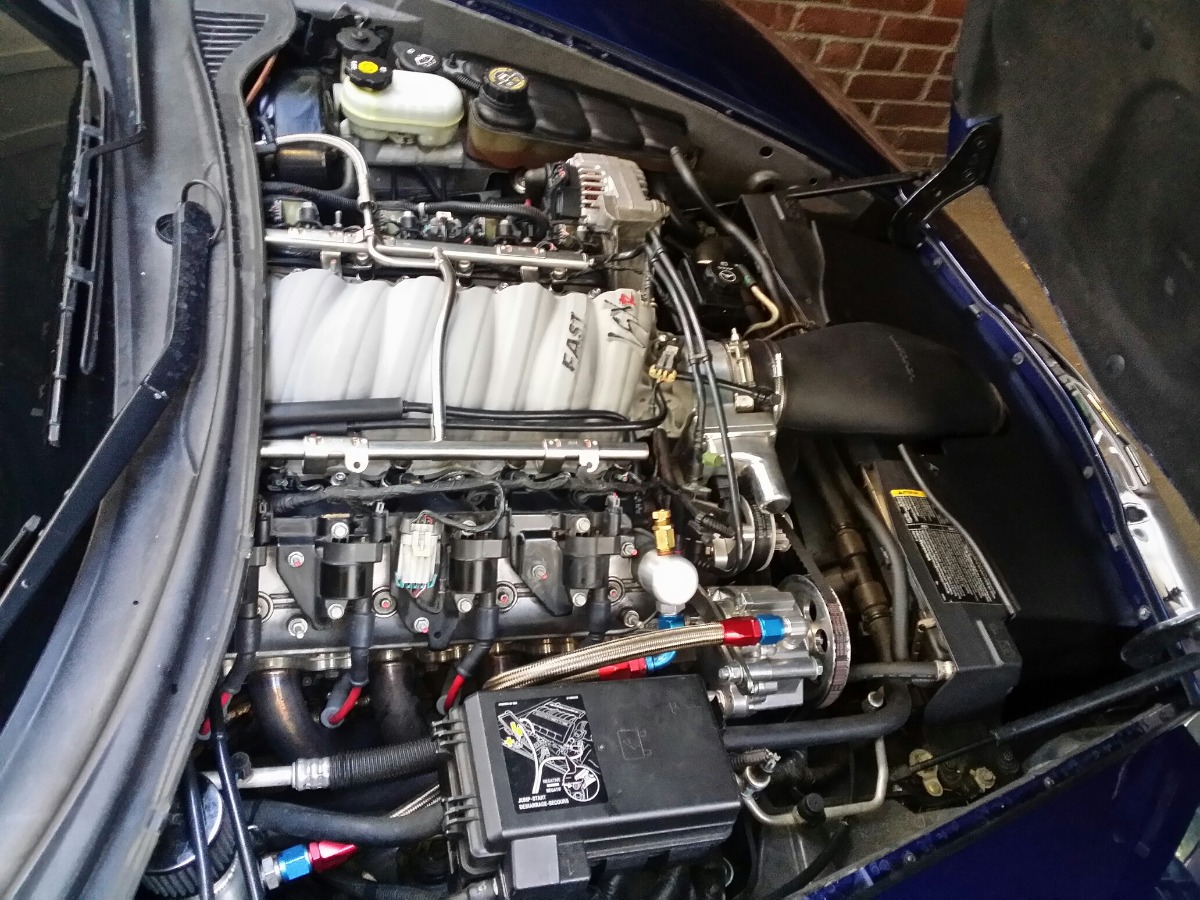
So, should you get a CAI for your Corvette? If you don’t like more noise from your intake, then no you don’t need one. If you live in a state that only allows for CARB legal modifications – yes, buy one, but make sure it’s legal. You don’t mind the noise and want 100-horsepower? Then you’ll need more than a CAI. Want more flow, more noise and potentially more MPG? Yes, get a CAI. Not really sure still? Well, think of it this way – if you buy a properly designed CAI the only negative is noise, and you will get at least 10-horsepower in most cases, if not more. Horsepower is always give and take and if you want power, you have to give up some comfort.

